Rasps
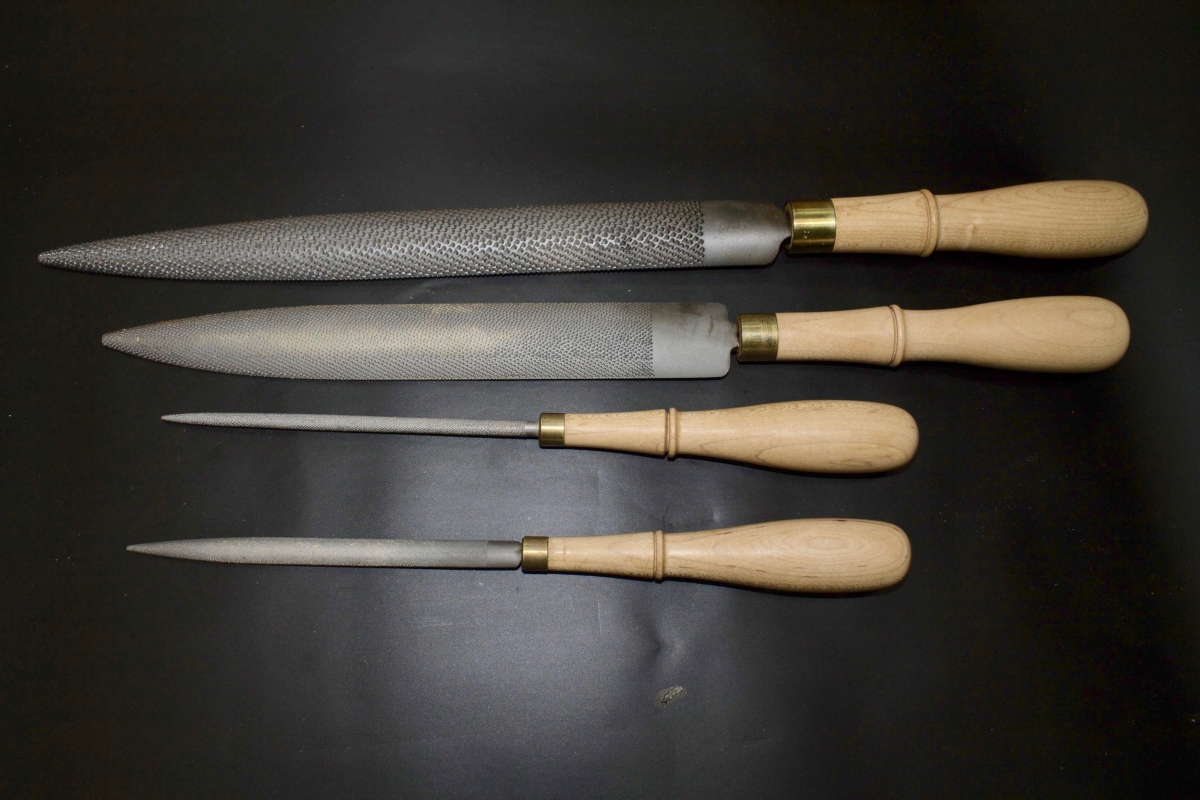
Photo: Avi Schwarzchild
A tool for refining wooden surfaces, small projections along the rasp’s length allow it to abrade-away excess wood. The rasps vary by profile and coarseness.
Marking Gauge
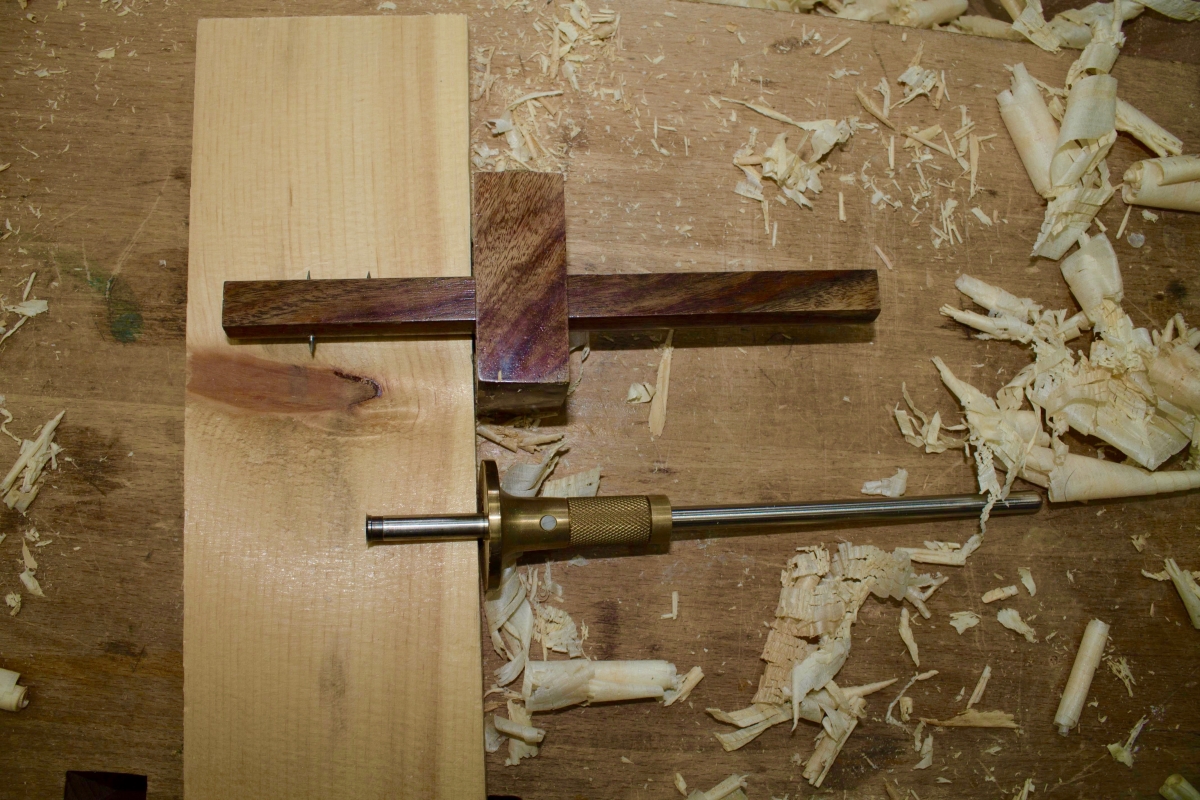
Photo: Avi Schwarzchild
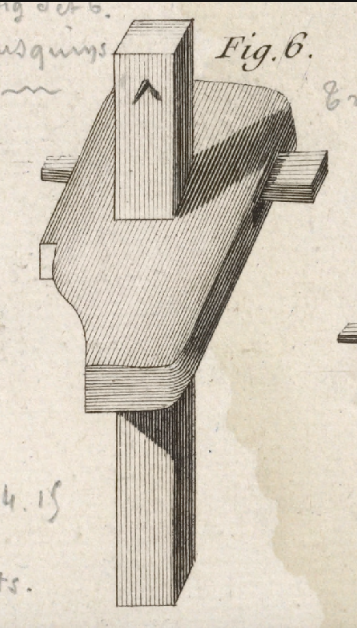
“Plate 14. Outils propres au corroyage du bois et la maniere de s’en servir.” from L’Art du Menuiserie, wtr. Roubo, André Jacob engr. Laurent, Pierre. New York Public Library Digital Collections. Accessed December 13, 2016.
A marking gauge is used for scribing lines and laying-out joinery. After adjusting the fence to the desired position, the marking gauge is run along the wood’s edge and a line is scribed with a metal pin or blade. Traditionally made of wood, marking gauges are now often made of metal.
Square
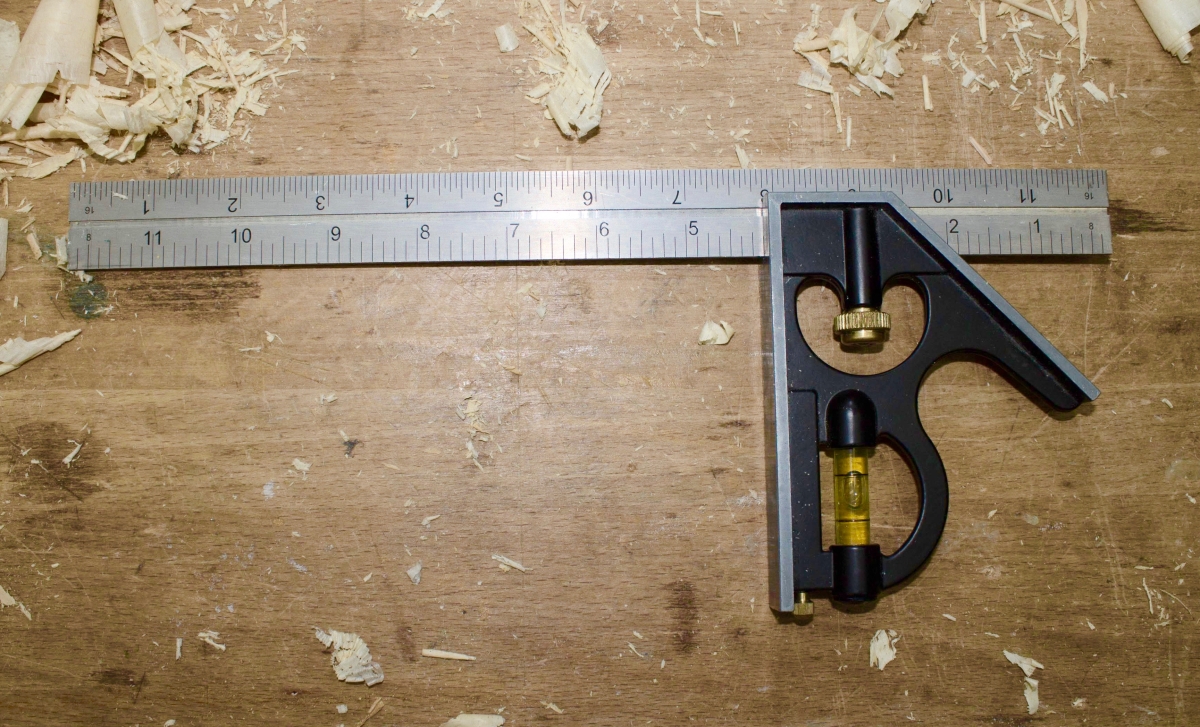
Photo: Avi Schwarzchild
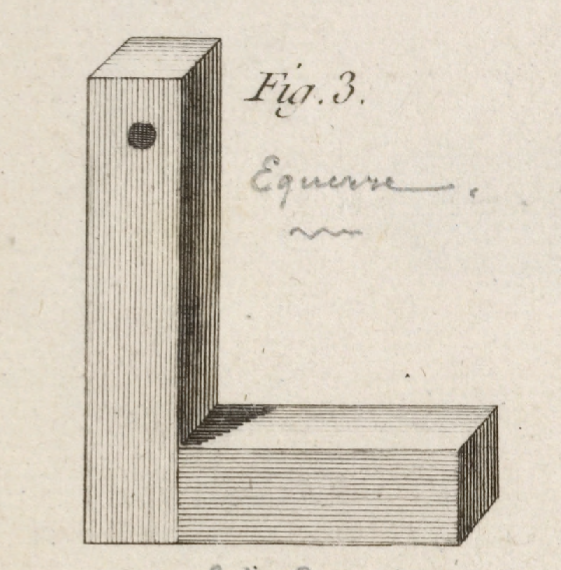
“Plate 14. Outils propres au corroyage du bois et la maniere de s’en servir.” from L’Art du Menuiserie, wtr. Roubo, André Jacob engr. Laurent, Pierre. New York Public Library Digital Collections. Accessed December 13, 2016.
Perhaps the most indispensable of the menuisier’s tools, a square is used to ensure that all surfaces are perpendicular to one another. As a square can be any object calibrated to a right angle, Roubo’s is simply two pieces of joined wood, while the modern square includes an adjustable ruler.